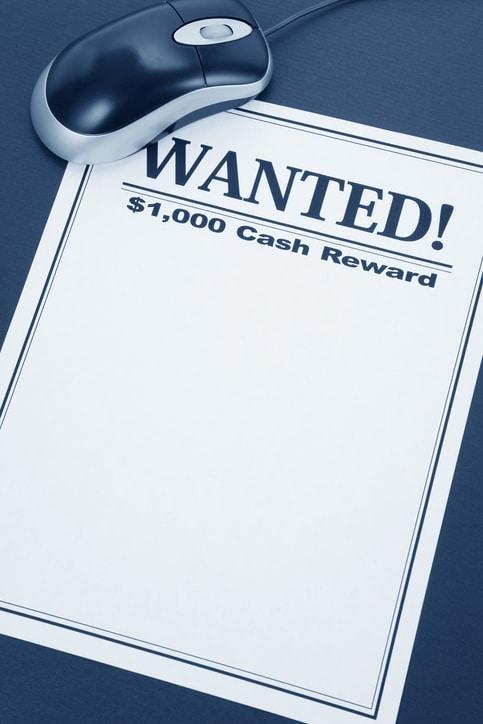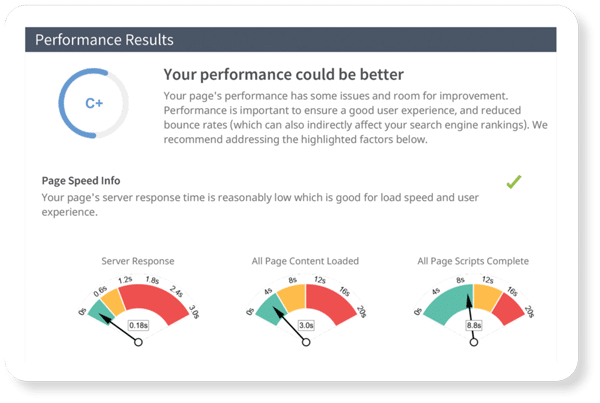
What is the point of clickbait?
If you’re reading this, odds are you’ve seen our past posts about the value of content on your practice website. Over a year ago, Google started making changes in the way it valued what was actually on a website — content — versus the overuse of keywords to elevate a business in organic search. Knowing that a whole industry had evolved around how to “game” keywords, Google decided to downgrade their relevance and upgrade the actual content on websites.
Suddenly, short, cryptic website copy was out and long-form copy was in. Blogs about procedures offered by your practice were a must. All of this helps Google rank your site higher in organic search as its algorithm finds more and more phrases and terms associated with the areas your site wants to be known for when a potential patient is searching.
Clickbait is the opposite. Clickbait simply wants you to click on the link and hit the clickbait creator’s page. Buzzfeed is a habitual clickbait user. Once you bite on a headline such as “She opened a dusty box in the attic and you won’t believe what she found,” you then are taken to the site. Just that clickthrough generates revenue for Buzzfeed because of your page view. Once on their page, you’ll then see myriad other clickbait headlines and you may spend some time clicking around. All of those clicks are money. Time spent on pages doesn’t matter. Sites that create lots of clickbait don’t care about organic search; they’re all about pay per click.
Unlike the content that Google rewards in search, clickbait is all about instant gratification and page views. The actual content doesn’t matter because that’s not what sites such as Buzzfeed care about. They just want the clicks.
Facebook and clickbait
When you’re on your practice or personal Facebook page, you see these clickbait headlines over on the sponsored column on the right side of the page. Sometimes they may even hit your News Feed. Like Google, where the goal is for the searcher to find relevant, quality results to his or her search query, Facebook wants the user to have a quality experience and spend as much time as possible on his or her page. To that end, being fooled by a clickbait headline and then going away to a page to read a story that is only remotely, if at all, related to the actual headline, doesn’t make a Facebook user happy. It may even take them from their page and they may at that point just say “forget it” and get off their phone or computer for that session.
So, Facebook wants to get rid of clickbait headlines. Of course that is easier said than done. After all, how does Facebook’s algorithm decide if a headline is clickbait or for real? It has to weigh if the words used either withhold vital information (the classic teaser) or if they exaggerate information. The company made its first forays into figuring this out in an update to combat clickbait last year.
Then just before this summer, Facebook announced two new updates to build on what they started last year. The goal is to reduce the number of clickbait headlines that appear in a user’s feed.
Two new updates
The first update expands what Facebook did last year, which was to identify website domains or Facebook Pages at large when hunting for clickbait. It identified sites that generated a ton of clickbait. But this didn’t help with publishers that only occasionally resorted to clickbait. The new changes take into account individual posts rather than waiting for a pattern of volume to grow.
The second update takes the two methods of clickbait — withholding vital information or exaggerating information — and separates them, in the hope of being able to hunt down clickbait more effectively.
This isn’t an easy job, but Facebook is categorizing hundreds of thousands of headlines as clickbait or not clickbait to help its algorithm understand the difference. A headline such as “When She Looked Under Her Couch Cushions And Saw THIS…” leaves out important information. A headline such as “WOW! Ginger tea is the secret to everlasting youth. You’ve GOT to see this!” is an exaggeration.
The also have identified phrases commonly used in clickbait headlines that aren’t used in other headlines. This method for catching clickbait is similar to how an email spam filter works.
What will happen?
The goal is to reduce clickbait in user feeds. Posts with clickbait headlines will appear lower in News Feed, according to Facebook. Plus, the company says publishers that rely on clickbait should expect their distribution to decrease. As it is attempting to do with ferreting out and reducing fake news stories, Facebook is doing with clickbait. Time will tell how the clickbait creators try to work around these updates.
If you have questions about your practice’s Facebook page, simply get a hold of your MyAdvice representative.


